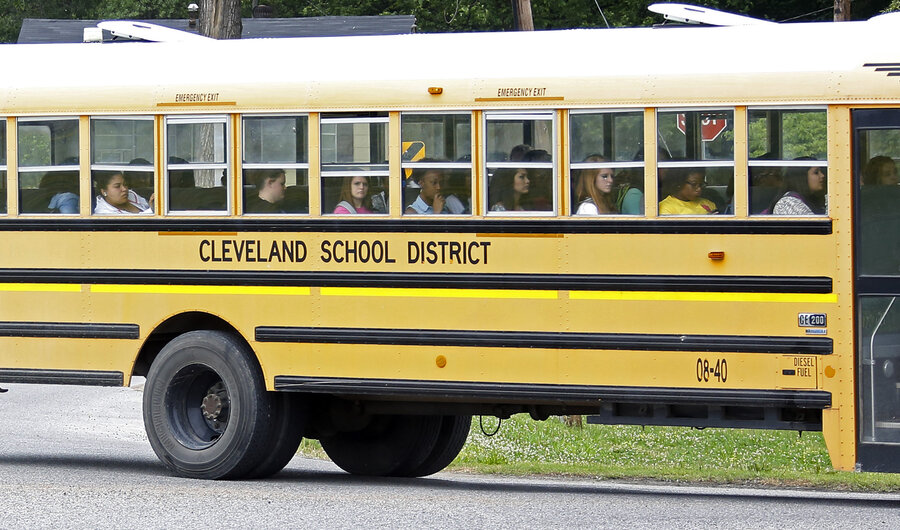Four-day week for Georgia public school district: Does it work?
Loading...
As kids head back to school in August, students in Chattooga, Georgia will only strap on their backpacks four days a week. This is the second consecutive year that the school district is operating with this atypical schedule, and metrics indicate the switch has had a positive effect on the students.
“It has increased our discipline, our attendance is good, teacher attendance as well," said Jeff Martin, Chattooga High School principal to WSB-TV News in Atlanta. "We keep, and we have a data room where we keep up with all that. We improved in six of the eight end-of-course tests as of last year.” Students and parents see this new schedule as “less stressful” while Mr. Martin also cites reduced operating costs as a reason to continue with this newer model.
In the state of Georgia, schools are required to have no less than a daily average of five and a half hours of daily “instructional time” based on a 180-school-day calendar, according to guidelines set forth by the Georgia Department of Education. Martin says that Chattooga High School is able to meet state requirements for the minimum hours by having longer, but fewer days; teens at Chattooga High School start their day at 7:40 am and the final bell for the day sounds at 3:45 pm.
School officials who spoke with US News and World Report for a 2013 story about the four-day school week were largely unsure of the benefits of the switch, aside from decreased operating costs. These savings were largely from diminished hours of non-salaried employees, such as bus drivers, secretaries, and cafeteria staff.
In 2013, schools in Garfield, Colo. had just finished their first year of a four-day week schedule, and were unwilling to declare a total victory, despite saving a reported $480,000. The schools were attempting to work with community partners, such as the public library, in order to ensure students were kept busy on the fifth day, but had met uneven success. And in Idaho’s Hansen School District, which began using the four-day week in 2010, teachers still come in for the fifth day for professional development.
In the early 2000s, a number of rural schools across the country began to cut back to four-day weeks for students, largely for budget reasons, a move that Ted Sizer, the former dean of Harvard’s School of Education, described as a disgrace to the educational ideals of the ‘richest country in the history of the world.’
‘My instinct is that it's a trend in the wrong direction," said Mr. Sizer to The Christian Science Monitor. "Kids need a lot of attention in schools and to reduce the days they have per week in an already shortened academic year, it doesn't make an awful lot of sense."
While some families have been able to adapt to the new schedule, many families with two working parents with inflexible work schedules haven't been able to come up with a perfect solution to having kids in the home alone.
The school districts involved in the program thus far all have expressed desires for other community centers to step forward and help provide activities to occupy the kids on the fifth day. While some monetary benefits have arisen from this change, the amounts the schools have saved have dramatically ranged from tens to hundreds of thousands of dollars.
While the long-term success of Chattooga remains to be seen, as of July 2015 Hansen and Garfield schools still use a four-day school week, as noted on the schools' respective websites.






